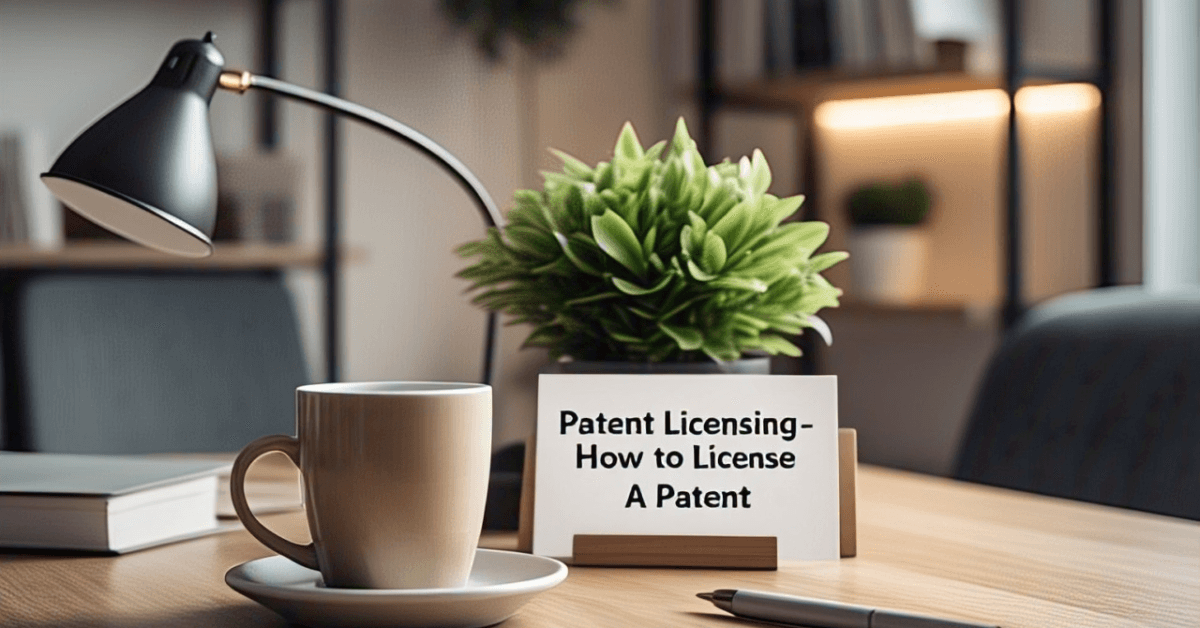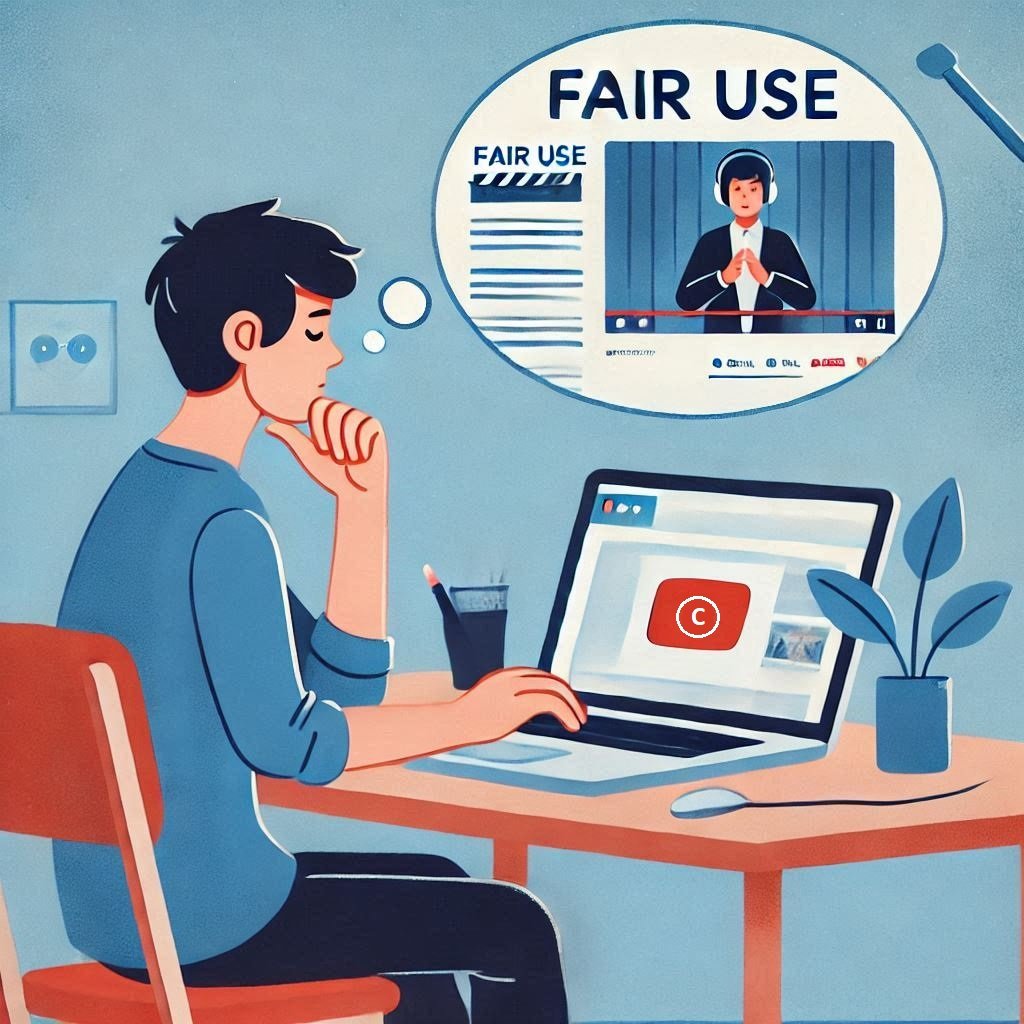If you are an inventor or business owner with a patented idea, you may be wondering how to turn that patent into profit. The answer lies in patent licensing — a legal agreement that lets others use your patented invention in exchange for payment. In this guide, we’ll explain how to license a patent, provide real-life examples, and mention key case laws that have shaped patent licensing practices globally.
Whether you’re new to the concept of patent and license or looking to partner with patent licensing companies, this article will provide a complete overview in simple, easy-to-understand terms.
What Is Patent Licensing?

Patent licensing is when the owner of a patent (called the licensor) gives permission to another person or company (called the licensee) to use, make, or sell their invention in exchange for money (royalties). The patent owner still owns the patent, but the licensee gets the right to use it legally.
Examples:
Medicine Patent – A company invents a new drug but doesn’t want to manufacture it. They license the patent to another company, which makes and sells the drug while paying royalties.
Technology Patent – A smartphone company patents a new camera technology. They license it to other phone makers, allowing them to use the technology in their devices.
Why License a Patent?

Here are a few reasons why patent owners choose to license a patent:
For the Patent Owner (Licensor):
- Earn Money – The owner gets paid through royalties without making or selling the product.
- Expand Reach – Other companies can use the patent to sell in different markets.
- Avoid Business Risks – No need to invest in production, but still make a profit.
- Encourage Innovation – Others can improve or build on the patented idea.
- Stay in Control – The owner keeps ownership while deciding how the patent is used.
For the Licensee (User of the Patent):
- Use Advanced Technology – Get access to a useful invention without spending on research.
- Save Time & Costs – No need to develop a new product from scratch.
- Gain an Advantage – Use a patented idea to stand out from competitors.
- Avoid Legal Trouble – Prevent lawsuits by legally using the patent.
- Work Together – Partner with the patent owner to improve products.
Patent licensing helps businesses grow, share technology, and make money.
Types of Patent Licenses

Patent licenses allow patent holders to grant permission to others to use their patented invention under specific terms and conditions. There are several types of patent licenses, each serving different purposes. Here’s a breakdown with examples:
1. Exclusive License
- The licensee gets sole rights to use the patent, meaning even the patent owner cannot use it.
- Example: A pharmaceutical company develops a new drug and grants an exclusive license to another company to manufacture and sell it in a specific country.
2. Non-Exclusive License
- The patent owner can grant the same rights to multiple licensees.
- Example: A software company patents an algorithm and licenses it to multiple firms for integration into their products.
3. Sole License
- Only one licensee gets rights, but the patent owner retains the right to use the patent.
- Example: A university patents a new battery technology and grants a sole license to a startup while continuing its own research.
4. Compulsory License
- Governments can force a patent holder to grant a license under public interest
- Example: During a health crisis, a government issues a compulsory license for a patented vaccine to ensure widespread availability.
How to License a Patent – Step-by-Step Guide

1. Ensure Your Patent is Legally Protected
Before you approach someone to license your patent, ensure it is granted and enforceable. You must have a legally valid patent in the region where you want to license it. You can also license a pending patent application, but it’s riskier.
2. Research Potential Licensees
Identify companies or individuals who may benefit from your patent. You can look for:
- Manufacturers
- Distributors
- Product developers
- Patent licensing companies
Example: IBM, one of the largest holders of U.S. patents, licenses its technology to thousands of firms globally, including tech giants like Google and Samsung.
3. Prepare a Patent Licensing Agreement
A patent licensing agreement is a legal document that outlines the terms of use, payment, duration, territory, and obligations of both parties.
Important clauses include:
- Scope of license (exclusive or non-exclusive)
- Royalties or upfront fees
- Duration of license
- Termination conditions
- Dispute resolution
Tip: Always consult a lawyer for drafting or reviewing the agreement to ensure legal clarity.
4. Negotiate Terms
Both parties will negotiate the terms of the deal. Factors that influence royalty rates include:
- The strength and scope of the patent
- Market demand
- Profit margin
- Cost savings provided by the invention
5. Register the Agreement
In some countries, such as the United States and India, it’s advisable (though not always mandatory) to record the license agreement with the patent office. This offers better legal protection.
Landmark Case Laws on Patent Licensing

Understanding case laws can help you know the legal scenarios of licensing patents. Below are some notable cases:
1. Bayer Corporation v. Union of India (2014)
- Facts: Bayer had a patent for the anti-cancer drug Sorafenib. Natco Pharma applied for a compulsory license to manufacture and sell the drug at a lower price.
- Issue: Whether a compulsory license should be granted when the patented drug is too expensive for the public.
- Judgment: The court upheld the compulsory license, stating that patent rights should not prevent access to essential medicines. Natco was allowed to sell the drug at a lower price while paying royalty to Bayer.
2. Novartis AG v. Union of India (2013)
- Facts: Novartis sought a patent for a modified version of an anti-cancer drug (Imatinib Mesylate). The patent office rejected it, saying it was not significantly different from the existing drug.
- Issue: Whether small modifications to a known drug qualify for a new patent under Section 3(d) of the Patents Act.
- Judgment: The Supreme Court ruled against Novartis, stating that mere incremental improvements without enhanced efficacy do not qualify for patent protection. The Court came to the conclusion that imatinib mesylate lacked novelty, as it was already included in the claims to the original substance imatinib. This decision helped prevent “evergreening” of patents.
3. Merck Sharp & Dohme Corp v. Glenmark Pharmaceuticals (2013)
Facts:
- Merck Sharp & Dohme (MSD) held a patent for Sitagliptin, a drug used to treat Type 2 diabetes.
- Glenmark launched Zita and Zita-Met, claiming that Merck’s patent lacked novelty and was invalid.
- Merck sued Glenmark for patent infringement, arguing that Glenmark’s drug contained Sitagliptin, violating Merck’s exclusive rights.
Issue:
- Whether Merck’s patent for Sitagliptin was valid and whether Glenmark had infringed it.
- Whether Glenmark’s drug was sufficiently different to avoid infringement.
Judgment:
- The Delhi High Court ruled in favor of Merck, holding that Glenmark had infringed Merck’s patent.
- The court emphasized that patents must meet novelty and inventiveness requirements to be valid.
- Glenmark was restrained from manufacturing and selling Sitagliptin-based drugs.
- The judgment reinforced strong patent protection for pharmaceutical innovations in India.
These cases highlight the balance between patent rights and public interest, especially in the pharmaceutical industry.
Benefits and Risks of Patent Licensing
Patent licensing can be a great strategy for businesses, but it also comes with risks. Here’s a simple breakdown:
Benefits of Patent Licensing:
- Earn Money Without Production – The patent owner gets paid (royalties) without making or selling the product.
- Expand Market Reach – Licensees can sell the product in different regions, increasing profits.
- Encourage Innovation – Others can improve or build on the patented technology.
- Reduce Business Risks – The patent owner avoids manufacturing costs and risks.
- Legal Protection – The owner keeps control over how the patent is used.
Risks of Patent Licensing:
- Loss of Control – The licensee might use the patent in ways the owner didn’t intend.
- Lower Profits – The patent owner might earn less than if they sold the product themselves.
- Risk of Infringement – If the licensee doesn’t follow the agreement, legal action may be needed.
- Market Competition – The licensee could become a competitor using the patented technology.
- Dependency on Licensee – If the licensee fails, the patent owner might lose revenue.
Patent licensing is a smart way to grow a business, but it’s important to have a strong agreement to avoid risks.
Should You Use Patent Licensing Companies?
If you hold a patent and are looking to earn revenue from it, you might consider working with a patent licensing company.
These firms help patent owners license their inventions to other businesses in exchange for royalty payments.
What Is a Patent Licensing Company?
A patent licensing company acts as a middleman between inventors and businesses. They help identify potential licensees, negotiate deals, and in some cases, enforce your rights if someone uses your invention without permission.
They usually work on a commission basis, taking a percentage of any licensing income—typically 30% to 50%.
Example:
Imagine you’ve developed a new type of foldable phone screen and patented the technology. Instead of producing phones yourself, a licensing company could help you license your patent to a major tech brand. You get paid every time your technology is used, without handling production or sales.
Tip: Patent licensing companies can help you monetize your invention by finding licensees and handling negotiations, but they take a large share of the earnings and limit your control—use them if you lack time or expertise, but always do your research first.
Conclusion
Licensing a patent is one of the smartest ways to earn money from your invention without manufacturing or selling it yourself. By following a clear process, understanding your rights, and consulting professionals, you can successfully navigate the world of patent and license agreements.
Whether you choose to license directly or work with patent licensing companies, the key is to protect your intellectual property while ensuring fair compensation.




